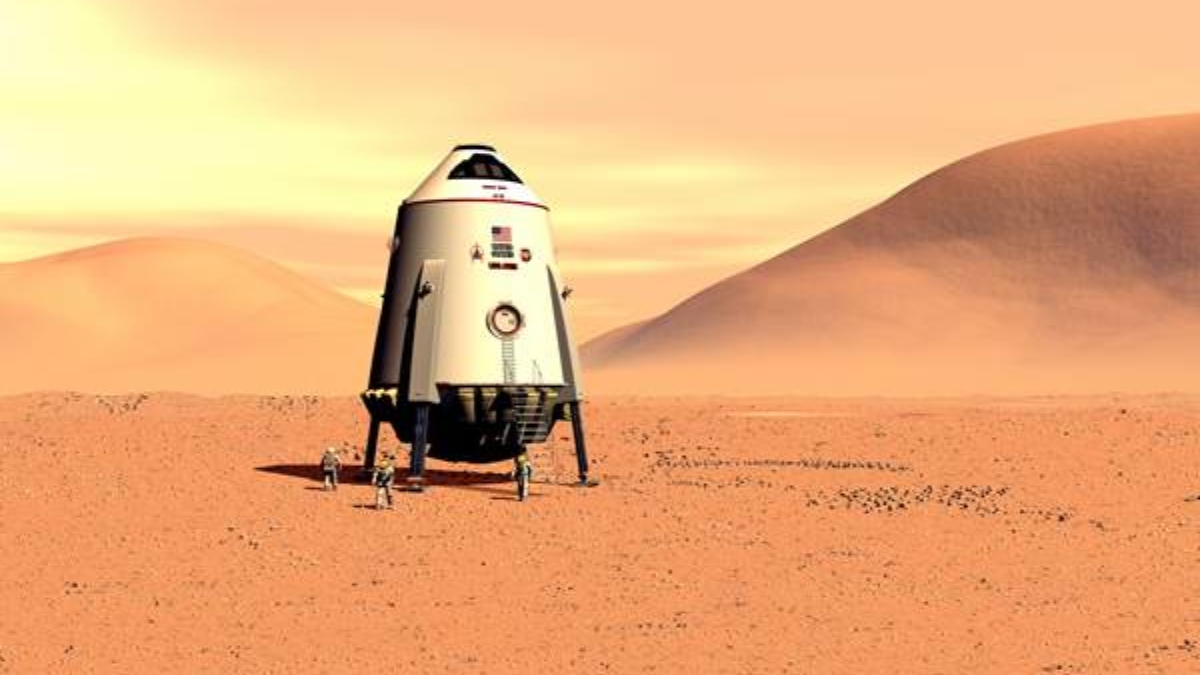ESA Sets Sights on Ambitious Mars Landing for 2035

The European Space Agency (ESA) is gearing up to take a big step toward exploring Mars. By the mid-2030s, ESA plans to develop cutting-edge technologies needed for a lander capable of operating on the Martian surface. The project aims to achieve more than just landing—it’s about creating a system that can precisely touch down on the planet.
While the much-anticipated Rosalind Franklin rover is set to launch in 2028, ESA is already looking ahead to its next big mission. The agency recently put out a call for proposals to develop new technology for guided landers.
A key goal is avoiding pitfalls in the process while pushing forward innovative designs for high-accuracy landings.
Timing is critical for this mission. ESA highlights 2035 as a favorable time to launch, thanks to ideal planetary positions that reduce fuel needs. These windows only come around every 26 months, making early preparation essential.
Additionally, ESA wants to present solid plans, timelines, and budget estimates at a ministerial meeting in November in Bremen, Germany, to keep the project moving.
Mars exploration remains a top priority for ESA. Beyond this lander, its broader plans under the ‘Explore 2040’ initiative include a high-tech system called LightShip. This electric tug is designed to transport spacecraft to Mars, support navigation and communication, and carry scientific instruments.
European Spaceflight was among the first to report on ESA’s push for these new developments, showing how the agency is already working hard to make its future Mars missions a reality.
Have something to add? Let us know in the comments below!
